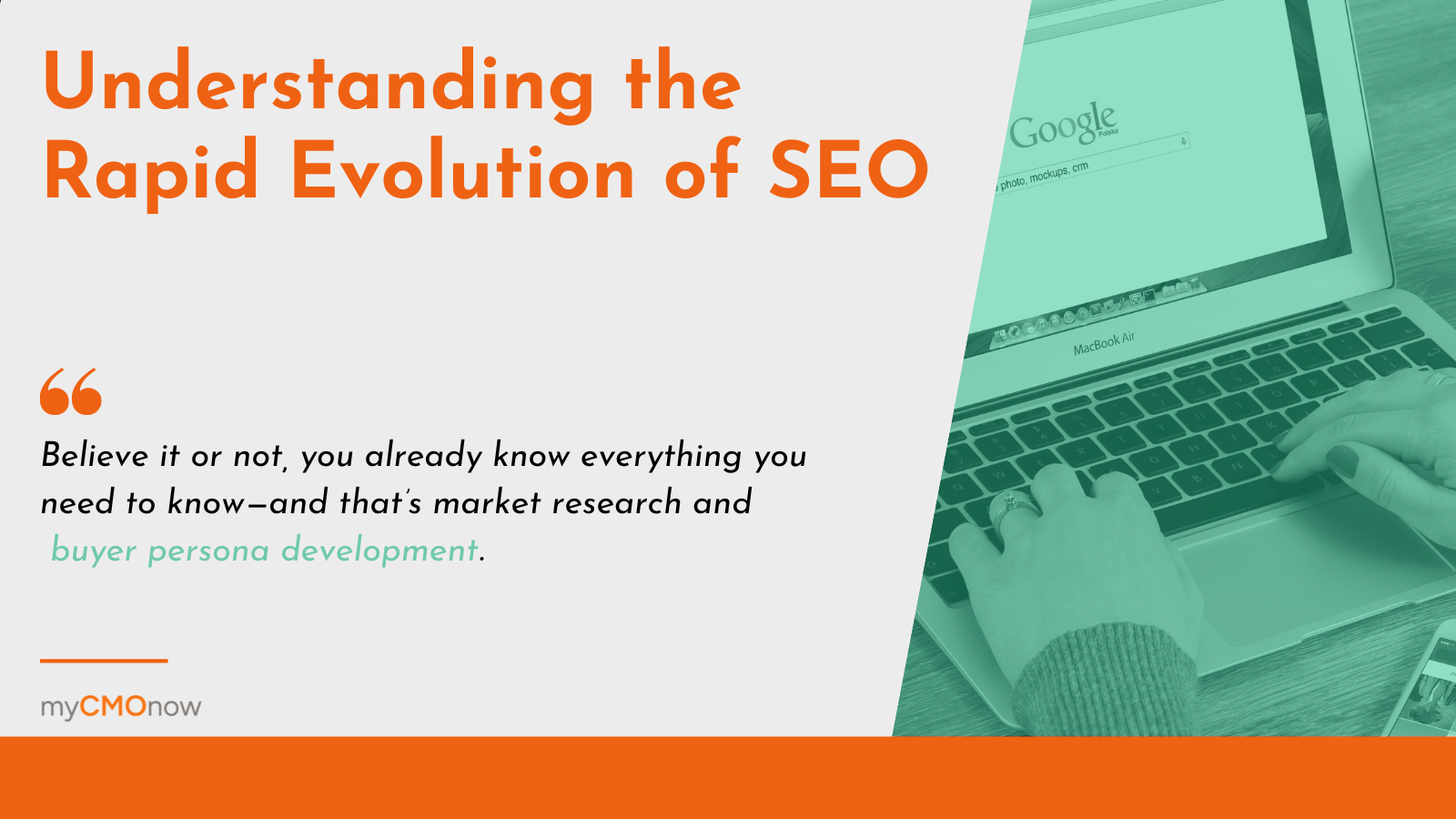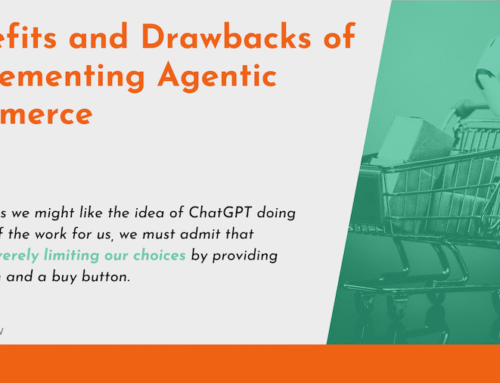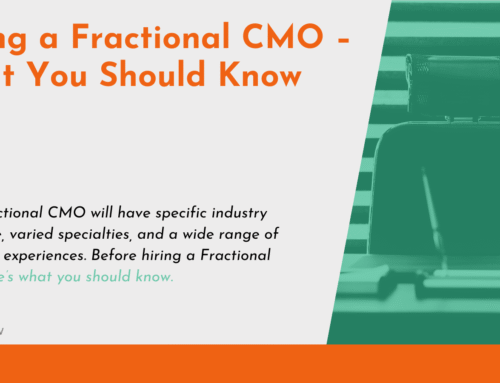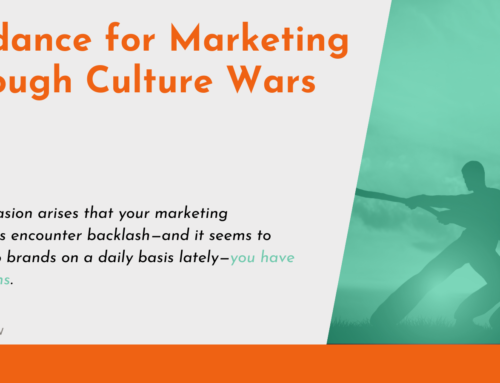
Search engine marketing and search engine optimization are two of the most crucial pieces of almost any marketing strategy, but lately you may feel as though search tactics and algorithms are changing more quickly than you can keep up with. Even the vocabulary around search marketing seems to grow by the day, with terms like generative engine optimization and answer engine optimization filling marketing blogs.
Before you get overwhelmed, let’s dig into the latest updates. When we’re finished, you’ll have a better understanding of what you’re dealing with and may even be able to anticipate future changes before they occur.
The Changing SEO Vocabulary
It feels like just yesterday that you learned about domain authority, E-A-T, backlinks, keyword intent, and long-tail keywords. Now you have new terms flying at you, such as GEO, AEO, AI-first SEO, large language model optimization, semantic SEO, and AIO.
The good news is that SEO is still relevant and valuable—and always will be. What you’re doing now with your search marketing is important, and the latest innovations haven’t changed that. The new terms and tactics fall under that SEO umbrella, however, and a better understanding of how AI is used in search marketing is crucial to your future SEO results. Let’s break everything down to better understand what you’re dealing with and how you can update your SEO strategies to include the latest techniques.
An Abbreviated SEO Glossary
GEO: Generative Engine Optimization
GEO, or generative engine optimization, means optimizing your content for AI-powered search engines that use generative models to produce results.
AEO: Answer Engine Optimization
Here’s where things get a little fun. AEO, or answer engine optimization, is essentially generative engine optimization. Someone somewhere just thought maybe AEO would be easier to understand than GEO, and here we are.
AI-First SEO
With AI-first SEO, you’re simply prioritizing AI models when creating and optimizing your content so that both traditional search results and AI engines will comprehend.
LLMO: Large Language Model Optimization
Large language models like GPT-4 power many AI search tools. LLMO just means that you optimize your content with those large language models in mind.
Semantic SEO
This one’s not exclusively AI related, but it is important as AI search becomes more popular. Semantic search means you consider the context of your search terms rather than just using keywords, because the meaning, or interpretation, of the search query is more important than a string of simple keywords.
AIO: AI Overview
When you conduct a search on Google lately, you’ll often receive a summary or overview at the top of the search engine results page before the list of related websites. AIO optimization means that you create content with the intention of appearing in that AI overview if possible.
Simplifying the GEO/Semantic SEO/AIO Process
There were a lot of words in that mini-glossary above to explain how AI is shaping the present and future of search marketing. Everything sounds terribly technical, doesn’t it? Very much like the old-school SEO rules of counting keywords and brand mentions.
Staying on top of the latest may be hard for someone in a marketing leadership position, even with a stellar SEO specialist on your team. While you may not be able to focus on the nitty gritty the way your team can, you can guide your marketing content in ways that will meet the demands of AI engines.
Believe it or not, you already know everything you need to know—and that’s market research and buyer persona development. And, sure, keywords and brand mentions still have a place in SEO and a solid understanding of GEO and AI search will help you stay ahead, but what really helps your brand get found is thinking like your buyer.
If you tailor your content around your target buyer’s needs, questions, and intent, then your brand is much more likely to show up in search results. Yes, your SEO team will need to understand how to structure the content so that AI can easily digest it, but the rest is all about the buyer.
Clear, conversational writing that answers their questions; relevant statistics and authoritative sources that lend credibility to your content; focusing on the user’s intent so that your content addresses the buyer’s exact needs at the time of their search—these are all things that will significantly boost your visibility in generative search—or AI search—results.
And you know your buyers, so you’re already ahead of the game.
As always, we’re here if you need marketing leadership that understands the impact of SEO and AI-driven search engines. Reach out any time.





